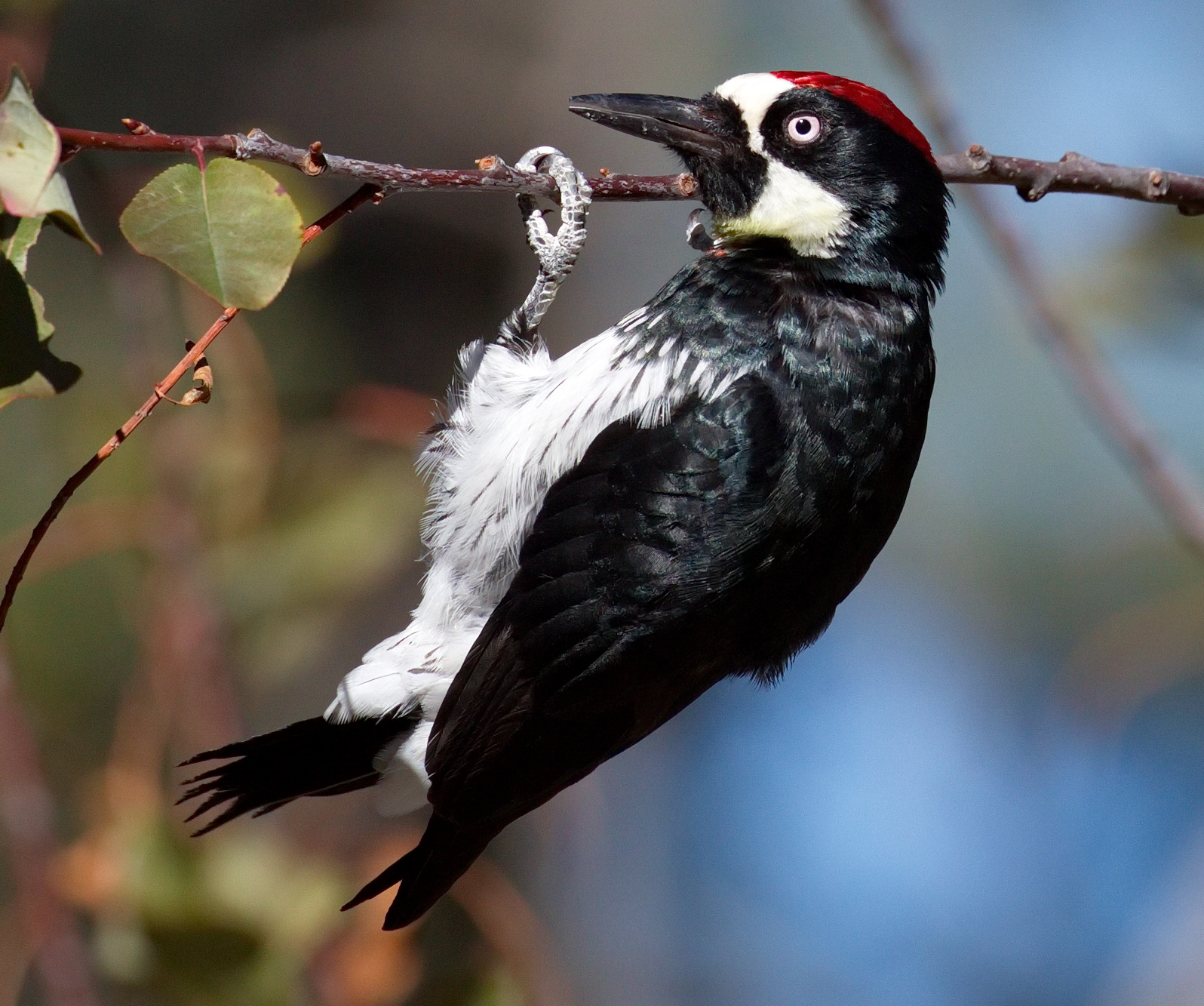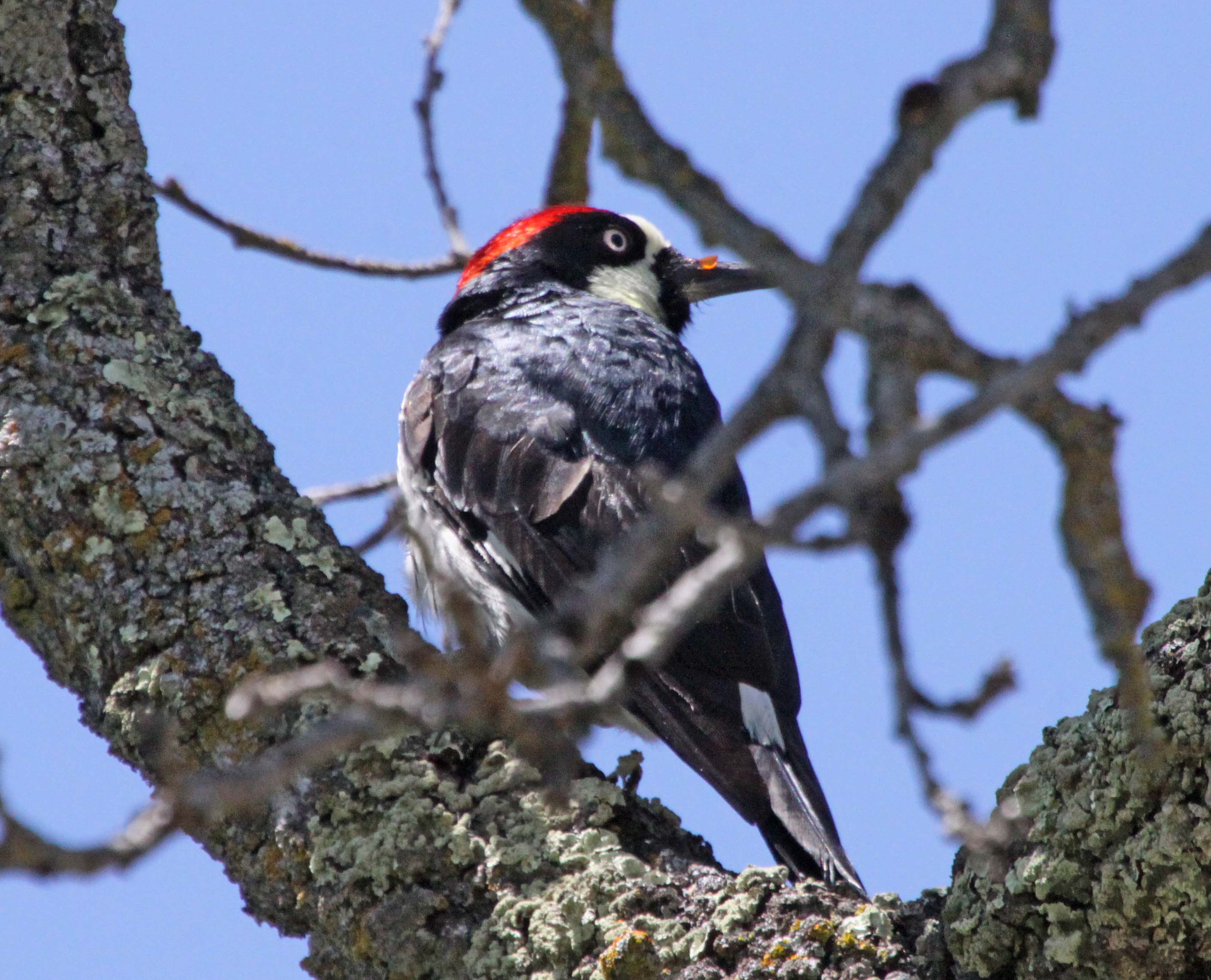

Another friend and I began a birding journey in those classes that still goes on today. Did she really see it? Or was she making up all these birds whirling past? Now I know she did really id them. There was a great teacher who would note a bird flying in with the comment: "Someone just flew in." We were skeptical and awed when a bird would whirl by and Bev would say, "sparrow," or some other bird family or species. The classes were Inland Birds and Coastal Birds. It all began when I took two classes about birding at a Community College. Otherwise, you may not use any material on this blog without written permission from me. Short quotes of text with proper credit are fine. Legal notice: All pictures and text on My Birding Blog unless otherwise stated are copyrighted by Karen McQuade, the OC Birder Girl. Have fun birding in the O.C.! Get updates on My Birding Blog by clicking on this link: Subscribe to: Posts (Atom) If you came here to read about the Glass Wall above Bolsa Chica Ecological Reserve, click here. Let's get out there and enjoy these great places. We who live in Orange County are blessed to have so many wild and natural places right here where we live. I hope you will find birding (birdwatching) as amazing, relaxing, and just plain fun as I do. The pictures and text on this site are under copyright and cannot be used without written permission from Karen McQuade, the OC Birder Girl.
#Acorn woodpecker habitat free#
Have a comment you want to share? Feel free to post a message about birding in Orange County, comment on a post, vote on the lastest polls, or check the weather before you head out to bird. Looking for a good field guide about birds? Check out my review of birding field guides. These are posts I have written about places I have birded in Orange County. Or you can find a good place to birdwatch by clicking on Birding Hot Spots-Orange County. You will find community parks, regional parks, nature centers, wilderness areas, and more.

Are you wondering where to go birding in Orange County? Scroll down into the the sidebar, and take a look at some of the Birding Hot Spots listed. Various ways Acorn Woodpeckers find and gather food. 1, January-February, 1987)įoraging Behavior of the Acorn Woodpecker in Belize, Central America 4, 1992) Scientists from Southern California share where and what Acorn Woodpeckers at the Santa Rosa Plateau have been storing.Īcorn Woodpecker Predation on Cliff Swallow Nests 3, May-June, 1994) Those scientists from the Hastings Reserve share their research and thoughts about the benefits of communal living all year long for Acorn Woodpeckers.įood Storage By Acorn Woodpeckers at the Santa Rosa Plateau Preserve, Santa Ana Mountains, California They also tell us which types of nest sites where most successful.Įnergetic Benefits of Communal Roosting by Acorn Woodpeckers During the Nonbreeding Season KOENIG talk about what type of sites Acorn Woodpeckers on the Hastings Reserve tended to pick and speculate why. NEST-SITE SELECTION IN THE ACORN WOODPECKER It is a valuable cache to be guarded, and this food larder keeps the colony of Acorn Woodpeckers in the local area all year long. Some of the oak trees are over a 100 year old, and a granary tree may be used for generations and generations of Acorn Woodpeckers. But mostly it is trees are drilled and stuffed with acorns. In the All About Birds article, it tells of a a wooden water storage tank that was stuffed with 485 pounds of acorns by a colony of Acorn Woodpeckers.

I heard one story of a house in an oak woodlands that had a wall opened for repairs only to find it packed with acorns. The Acorn Woodpeckers also store acorns in mature oaks with thick bark, dead oak trees or oak-tree limbs, phone poles, in building walls, under roof tiles, pine cones, and even in boulder crevices or in softer stone that they drill holes in. The softer pine trees make great granary trees in which to drill holes and store acorns. These trees pock-marked with thousands of holes are called granary trees.

They rely on acorns in the winter that they have stored in holes they've drilled in tree trunks and other large objects. Acorn Woodpeckers are found most often in mixed oak woodlands and seem to like the oak woodlands that have pine trees the most.


 0 kommentar(er)
0 kommentar(er)
